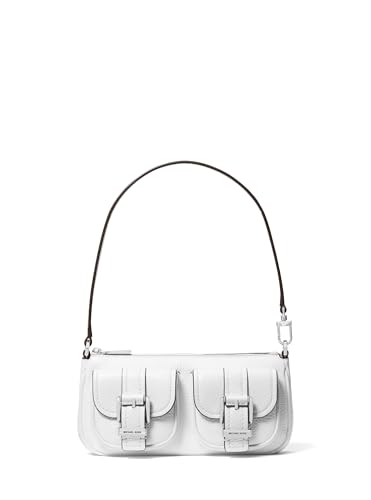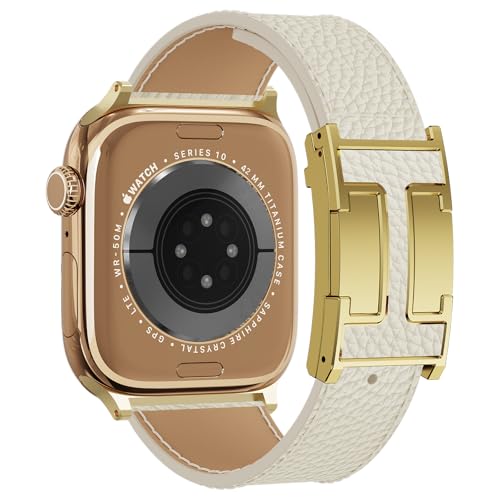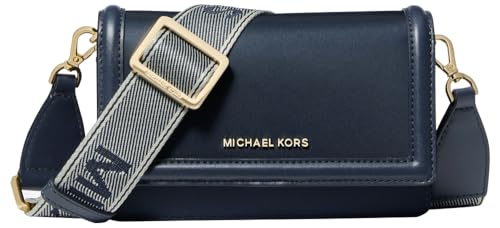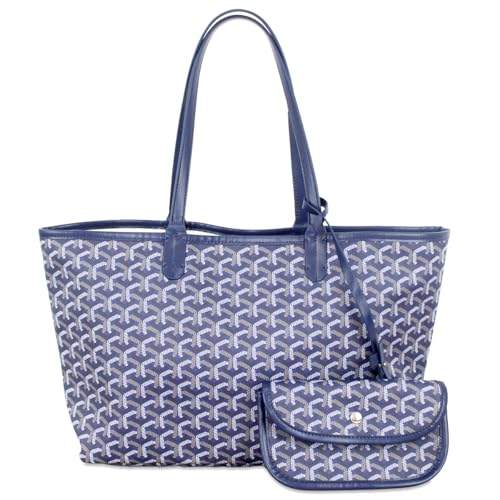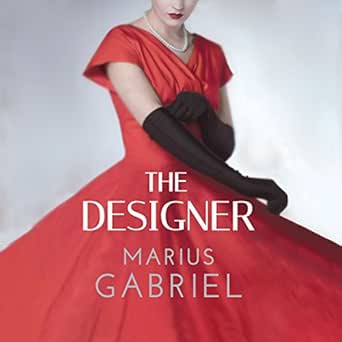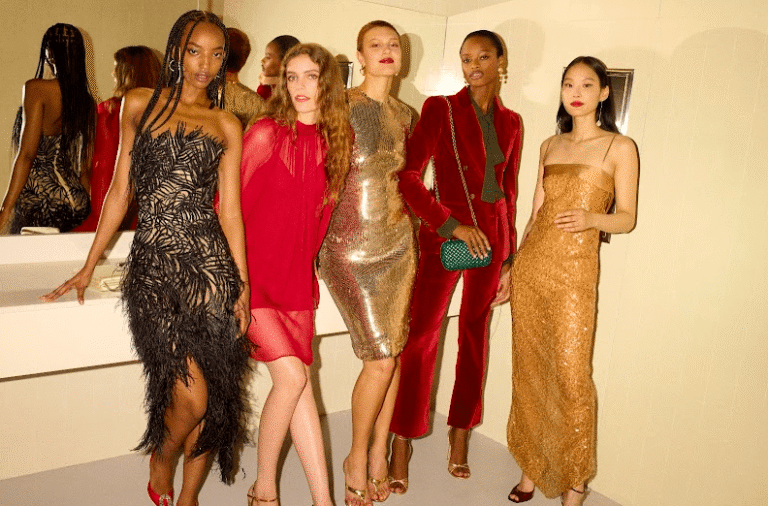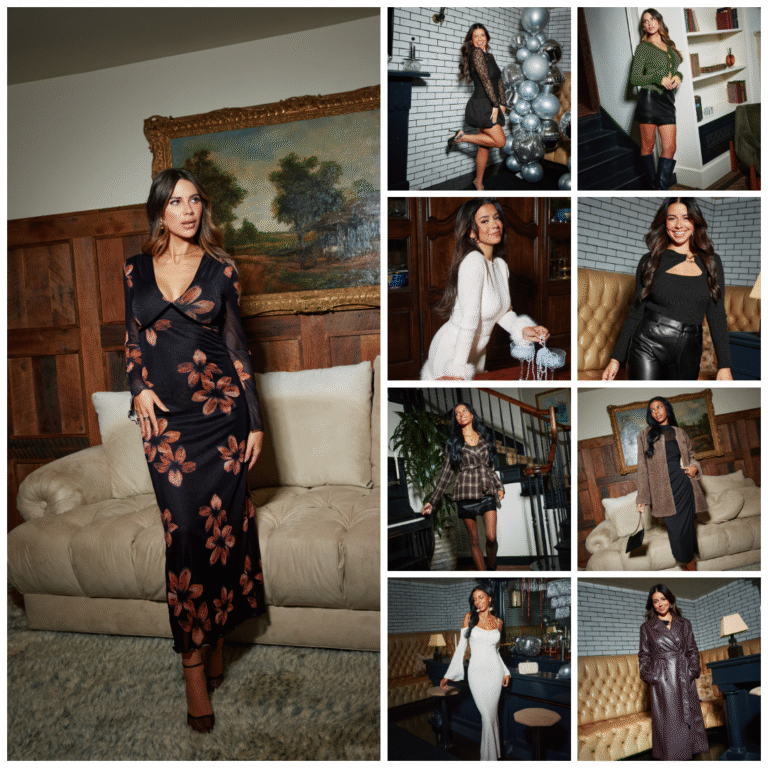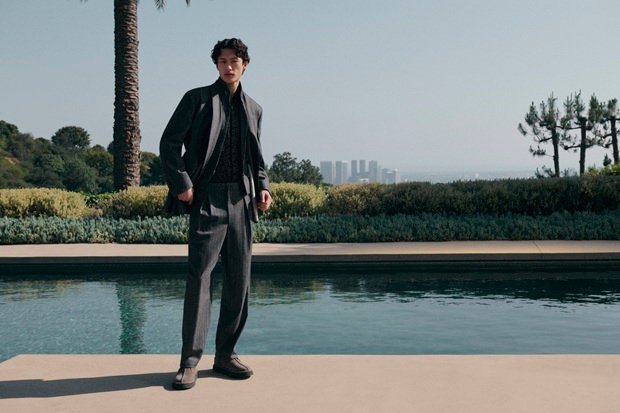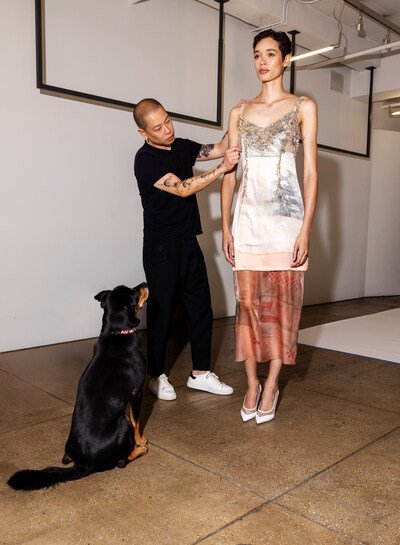
Jason Wu (left) receives a nod of approval from Brownie, a mixed breed dog during a model fitting. Wu incorporated Purina Dog Chow packaging and the iconic checkerboard pattern into two of his “Collage” ensembles inspired by the Groundings (Hoarfrost) series by Robert Rauschenberg. Photo: Jayme Thornton.
In a season filled with nostalgia and innovation, Jason Wu’s Spring 2026 collection took a daring, intellectual approach—merging high fashion with the surprising allure of American consumer culture. Showcased at New York Fashion Week, Wu revealed a set of three pieces that resembled gallery installations as much as they did clothing, honoring the iconic Robert Rauschenberg and his groundbreaking fabric creations from the 1970s. However, what distinguished this collection wasn’t merely its rich art-historical context—it was the unexpected emergence of a cultural icon that few anticipated: Purina Dog Chow.
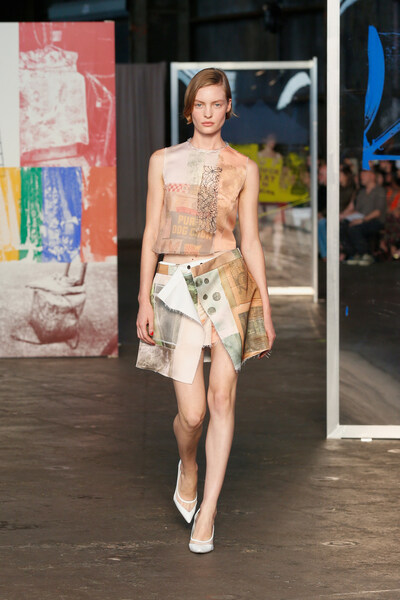
Yes, that Dog Chow.
Art Meets Americana
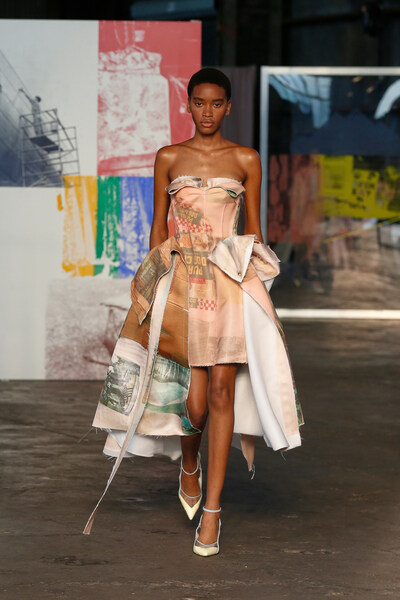
Wu, celebrated for his precise tailoring and sculptural grace, has taken a bold turn this season, venturing into a more experimental and almost poetic realm. Named “Collage,” this capsule from the Spring 2026 collection pays direct tribute to Rauschenberg’s Groundings (Hoarfrost) (1975), a renowned work that famously integrated a Purina Dog Chow bag into its solvent-transfer textile design. Wu’s fresh take captures the same essence of contrast, blending the practical with the exquisite.
“I was captivated by the bold Americana aesthetic,” Wu shared. “The checkerboard from the Dog Chow bag—so instantly recognizable—became almost like a print in and of itself. It’s graphic, nostalgic, and distinctly American.”
The outcome? A set of structured yet flowing dresses and a deconstructed trench coat, adorned with prints and motifs inspired by vintage Dog Chow packaging. The iconic red-and-white checkerboard pattern was juxtaposed with sheer organza, raw denim, and silk twill—transforming everyday imagery into a narrative of high fashion.
The Rauschenberg Revival
Wu’s collection makes its debut at a significant time: the Rauschenberg 100 Centennial, which honors what would have been the artist’s centenary. Renowned for his ability to turn discarded and ordinary items into innovative, multi-layered artworks, Rauschenberg’s impact feels especially relevant in 2025—a period when the distinction between commercial visuals and fine art is more ambiguous than ever.
The connection to Purina is profound. In the 1970s, Rauschenberg’s Chow Bags series delved into themes of home life and consumerism by screen-printing the Purina Dog Chow logo onto a mix of paper and fabric collages. For Wu, this heritage provided a rich source of inspiration.
“Rauschenberg didn’t just reference pop culture—he reframed it,” Wu explained. “And as a pet lover myself, I felt a genuine emotional pull. Dog Chow isn’t just packaging—it’s memory, care, family. That sentimentality is deeply powerful.”
Fashion with a Furry Heart
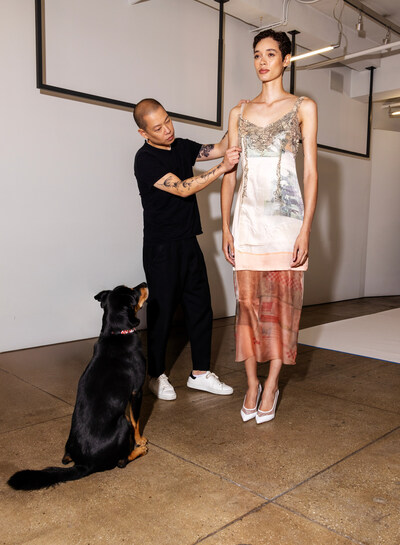
While Wu’s high-concept take may raise eyebrows, it’s grounded in real emotion. The designer has long championed causes related to animal welfare, and this season, his muse was as personal as it was artistic.
“As someone who deeply loves animals, this felt natural. It’s more than a tribute to a great artist—it’s a celebration of the bonds we share with our pets,” said Wu.
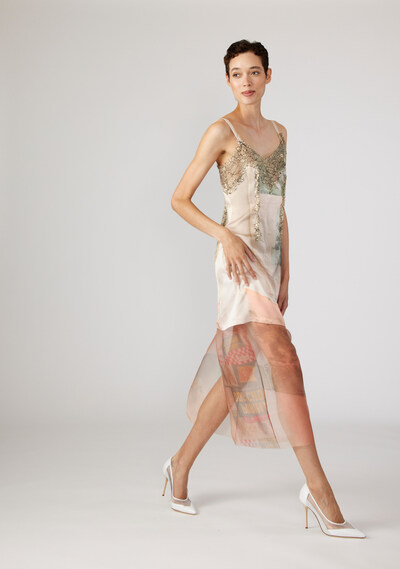
The collection also subtly nods to Dog Chow’s upcoming centennial in 2026, marking nearly a century of shaping how Americans feed—and feel about—their dogs. A brand once associated solely with sustenance has now entered the realm of cultural iconography, its visuals repurposed into couture.
A New Americana
The Jason Wu Spring 2026 show is a reminder that American fashion is not only about denim, varsity jackets, and cowboy boots. It’s also about collage—not just the technique, but the ethos. A pastiche of identities, references, and emotions stitched into wearable art.
By weaving Purina Dog Chow—a staple of supermarkets and family homes—into a New York runway moment, Wu underscores the changing definitions of luxury and legacy. It’s no longer about rarity; it’s about resonance.
And in the process, he reminds us that the icons of our everyday lives—yes, even the dog food bag—can be just as worthy of fashion’s spotlight as any couture fabric.




